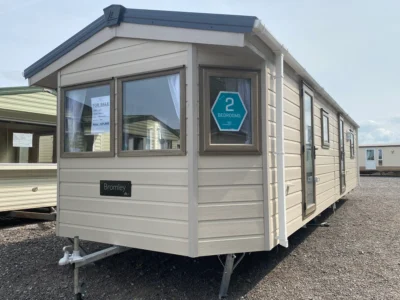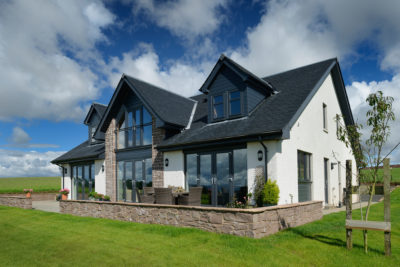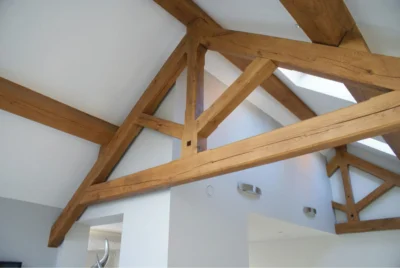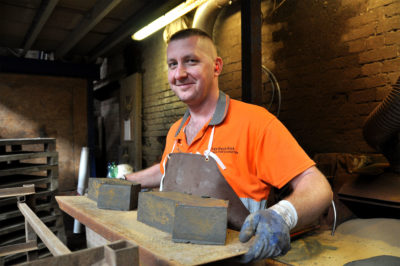Choosing Skirting Boards
The little details can make or break a decorative scheme – so it’s important that you put time into choosing elements that sit comfortably in their surroundings.
One area that’s worth particular consideration is choosing the right skirting board. Skirting offers a number of functional and aesthetic benefits and it’s pretty much an essential if you have wood floors, as it will hide the unsightly ‘expansion gap’ around the perimeter of the wall (which prevents damage as the timber expands and contracts).
What’s more, skirting is great for concealing uneven wet plaster finishes (a common problem in houses both old and new) and will also provide a barrier to ensure the wall doesn’t get scuffed or damaged as you whizz the vacuum cleaner around.
Read more: Plasterboard & Cornices
Skirting styles & profiles
Skirting has evolved into much more than a practical prop – it can serve to underpin your home’s character, too, with a myriad of mouldings and materials available to suit your decor.
If you’re replacing existing skirting boards, the obvious starting point is to swap like-for-like. Take a section of your skirting down to the local hardware shop to see whether they have a close match; they should stock all the common profiles.
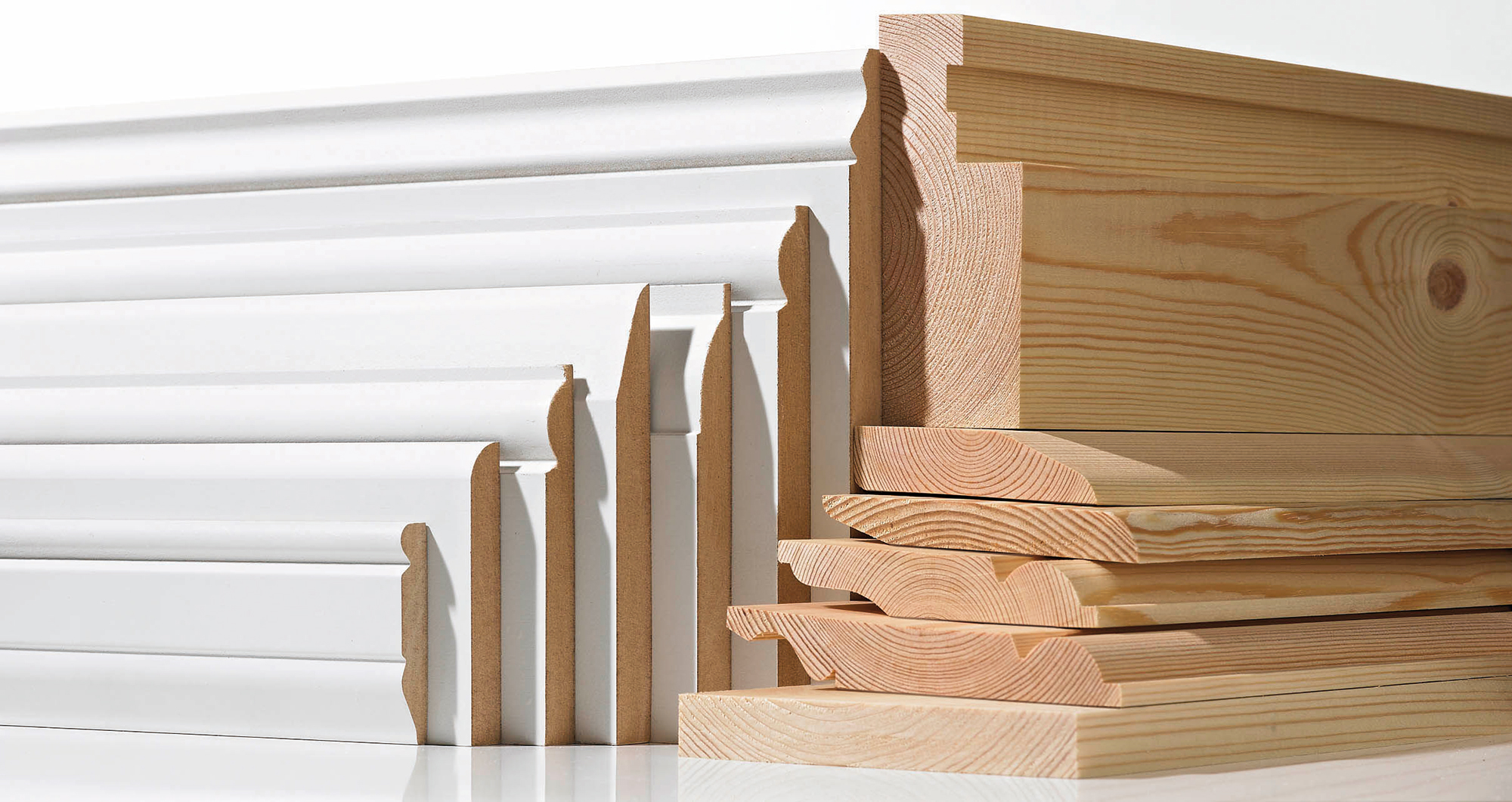
Metsa Wood skirting boards
Their ranges will include the decorative skirting profiles that tend to sit well in period-style settings (such as torus, ogee and ovolo) as well as simpler designs for a clean, modern look (such as square-edge, pencil round, bullnose and chamfered).
If authenticity is important, perhaps on a period renovation, give a sample of the board to a nearby joinery shop – they should be able to run off a good copy in whatever timber you require. Various online stores have sprung up, too.
Some specialise in particular materials, for instance, while others focus on specific areas, such as reproductions of historic designs.
Source it: Find Joiners in the Build It Directory
MDF skirting
Easy to install and widely-available either pre-primed or pre-finished, MDF has become a popular choice for skirting board in new homes. It’s resistant to warping and swelling – so it’s a low-maintenance option.
MDF skirting is affordable, too, with prices starting from as little as £2 per linear metre for basic versions. The main downside to standard MDF is that it can only be painted (although it’s very easy to finish thanks to its smooth surface).
If you want to combine the benefits of this material with a high-quality finish, consider investing in types with real-timber veneers, which start from around £6 per m.
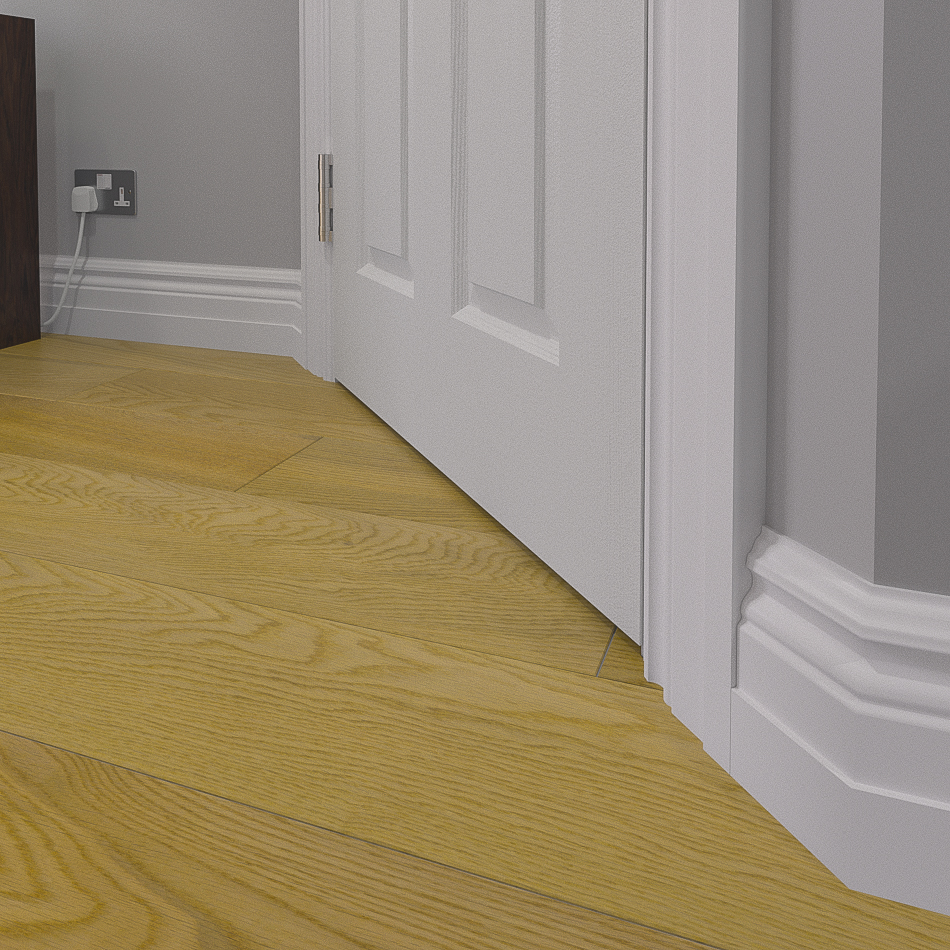
MDF has quickly become the standard material to use for skirting boards throughout the UK. A skirting board made from MDF is free of impurities and will last much longer than your average softwood skirting boards. Should you need a skirting board that is moisture resistant, we offer the superior HDF material in 4200mm lengths at competitive prices. You can choose from a range of 100 unique designs all manufactured using only the best quality materials including MDF, HDF and Pine and we custom make all of our products to order. |
Softwood skirting
While softwood skirting is more susceptible to movement than MDF, it offers a number of advantages.
For a start, it can be stained or varnished to provide a natural look – which is a huge advantage in period homes. It can also be sanded down and re-finished, so won’t need replacing as often.
What’s more, it’s generally available in a wider variety of unsual profiles; and is easier for joiners to work if you need to match an existing design on a renovation project.
A basic pine board shouldn’t cost you any more than the MDF equivalent (from £2 per m) and gives you access to a range of finishes as well as, typically, a greater choice of skirting heights (Georgian and Victorian houses tend to suit taller profiles).
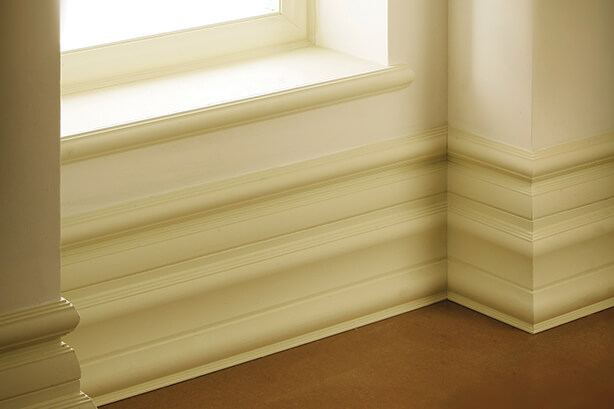
Contemporary pine skirting, available unfinished or pre-painted, Richard Burbidge
Hardwood skirting
For a top-end look, try hardwoods. Prices for solid oak range from around £4.50-£30 per m, depending on the specification.
The timber’s honeyed tones sit beautifully in historic homes, and it’s an obvious match alongside oak floors, doors, staircases or other high-quality internal finishes. Alternatives include ash, beech and walnut.
Hardwood skirting is usually machined to order and available pre-oiled or pre-stained if required. It’s more resilient against knocks and scuffs than softwood, making it a low-maintenance option.
Fitting hardwood boards is more complex than for MDF or softwood, typically involving pre-drilling the timber, screwing into wallplugs and plugging the screwhead with real-wood pellets.
Using skirting to hide cables
Today, skirting is increasingly used to provide an easy-access cover for pipework and electrical cables – leaving them more accessible than if they’re embedded into the wall.
You can get plywood or self-coloured plastic versions with pre-routed channels (the latter material is often available as a clip-on product for easy fitting). Many self-builders prefer the look of rebated skirting boards, which are available in MDF and solid wood.
Main image: Skirting painted in School House White No.291 in Estate Eggshell, from Farrow & Ball.
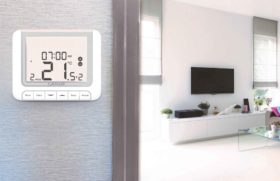
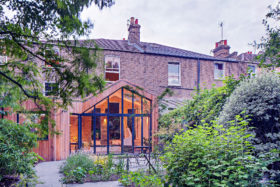





























































































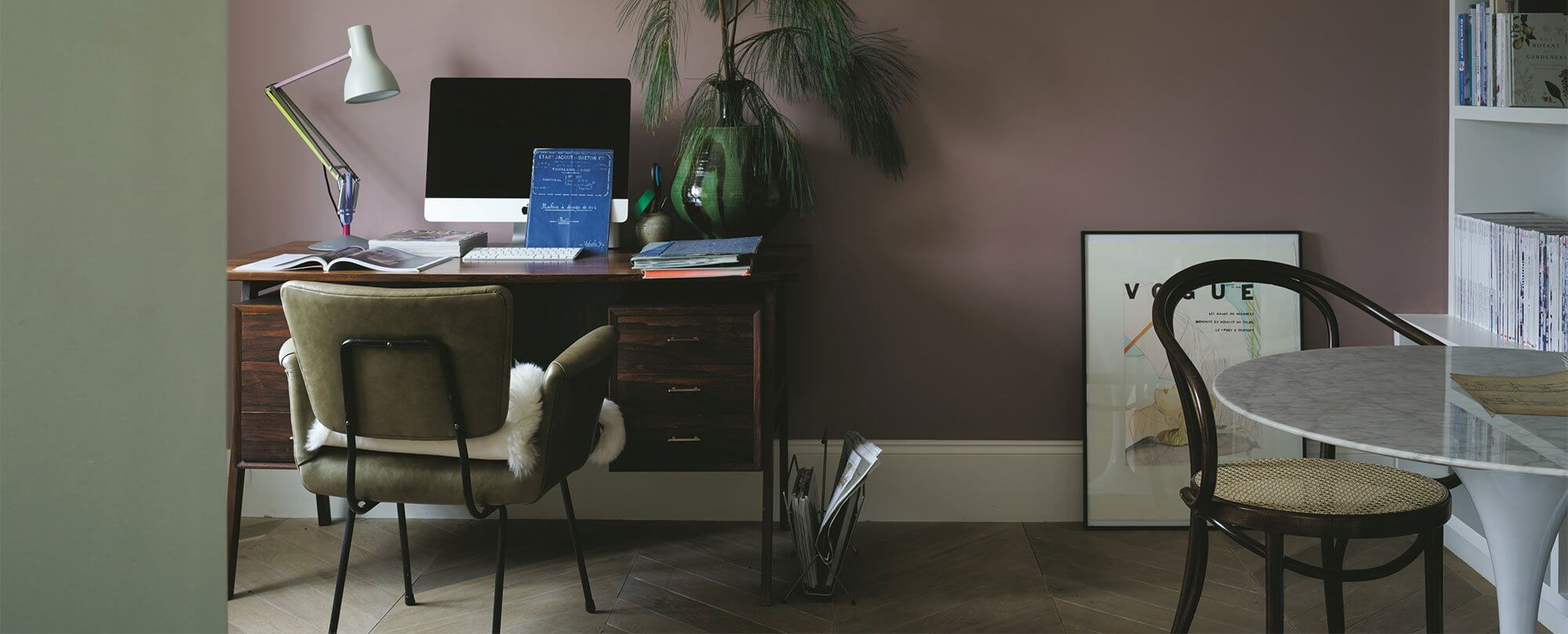
 Login/register to save Article for later
Login/register to save Article for later




